ANIMALS
Wasps Are Not So Bad, Here’s Why
Published
2 months agoon
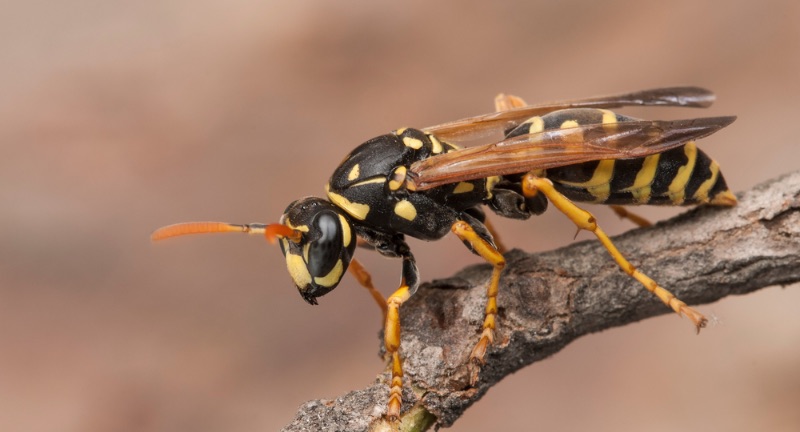
Shutterstock
Wasps often get a bad rap as the uninvited guests at our picnics, but these insects are so much more than their stingers. They’re nature’s architects, pest control experts, and even pollination pros—all wrapped in a sleek, waist-cinching package that’s totally runway-worthy. Sure, they might crash your BBQ, but they’re just there to remind you who’s boss in the bug world. Ready to dive into the buzz-worthy world of wasps? Let’s sting into it!
Wasps Live Almost Everywhere

Shutterstock
Wasps are one of the most adaptable creatures on Earth, living on every continent except Antarctica. Whether it’s a bustling city or a remote rainforest, chances are wasps are nearby. Their versatility makes them a key part of ecosystems across the globe. But don’t worry, they seem to prefer warmer climates and might skip your next Antarctic vacation.
Order of Hymenoptera

Shutterstock
Belonging to the Hymenoptera order places wasps in a fascinating family that includes bees and ants. This order is like the cool club of nature, housing some of the most industrious and clever insects. Wasps are distinguished by their wings, body structure, and behavior, making them unique members of this elite group. Being part of Hymenoptera also means they’re evolutionary experts in survival.
Solitary or Social? The Choice is Theirs

Shutterstock
Wasps lead two very different lifestyles depending on their species: solitary or social. Social wasps, like paper wasps, enjoy a colony life complete with a queen and a hierarchy. Solitary wasps, however, are the lone wolves of the insect world, doing everything on their own. This diversity makes them fascinating and showcases how adaptable wasps are to different environments.
The Stinging Truth

Shutterstock
Only female wasps can sting, and they do so with a sense of purpose. The sting is their ultimate weapon, primarily used to defend themselves or their nests. Male wasps, on the other hand, are completely stingless, making them much friendlier to encounter. Knowing this might make you think twice before blaming the guys in the wasp world!
Nature’s Tiny Hunters

Shutterstock
Wasps are incredible hunters, feeding on nectar for energy but also preying on other insects. They’re nature’s pest controllers, helping keep populations of harmful bugs in check. Their dual diet of sugary nectar and protein-rich prey shows off their versatility. Next time you see a wasp, remember they might be your garden’s unsung hero!
Paper Craft Experts

Shutterstock
Paper wasps are natural architects, building nests from chewed-up wood fibers mixed with their saliva. Their nests look like intricate paper lanterns and are incredibly lightweight yet durable. This process shows off their craftsmanship and resourcefulness. Who knew wasps had such a talent for DIY projects?
That Iconic Wasp Waist

Shutterstock
Wasps are easily recognized by their slim “waist,” known scientifically as the petiole. This narrow connection between their thorax and abdomen makes them sleek and agile. It’s like their own built-in wasp runway look! Beyond aesthetics, the petiole gives them flexibility and helps with their movement.
Masters of Parasitism

Shutterstock
Some wasps are parasitic and lay their eggs inside other insects. It’s like a sci-fi thriller in the natural world, where their larvae take over their hosts. While it sounds gruesome, this behavior helps control pest populations. Parasitic wasps may be small, but their impact is huge.
Pollination Pros

Shutterstock
When it comes to pollination, wasps are often overlooked heroes. They dart from flower to flower collecting nectar, unknowingly transferring pollen as they go. While bees often steal the spotlight, wasps contribute significantly to plant reproduction. Their pollination game might be lowkey, but it’s no less important!
Face-Recognizing Geniuses

Shutterstock
Believe it or not, wasps can recognize individual faces. Scientists discovered this incredible skill in some species of paper wasps. Their ability to differentiate faces might help with identifying colony members. Who knew these tiny creatures had such sharp social intelligence?
Masters of Chemical Communication

Shutterstock
Wasps communicate with each other using pheromones—chemical signals that guide their behavior. These pheromones are like invisible text messages between colony members. Whether calling for backup or marking a trail, wasps are experts at chemical teamwork. It’s a secret language that keeps their world buzzing!
Chew On This!

Shutterstock
Wasps have powerful chewing mouthparts designed for both construction and consumption. They use these to crush wood fibers for nests or to chew up prey for their young. Their mandibles are like multitools, perfect for any job. Talk about having some seriously strong jaws!
Guardians of Their Nests

Shutterstock
Wasps are fiercely protective of their nests and won’t hesitate to defend them. This defensive behavior is driven by their dedication to their colony. It’s their version of a home security system, but with stingers. Approach their nests cautiously, or you might get an unpleasant reminder of their loyalty!
Hornets Are Fancy Wasps

Shutterstock
Hornets are actually just a type of wasp, but they’ve earned a reputation for being bigger and bolder. Known for their striking black and white patterns, they’re the “luxury” version of a wasp. Hornets are also known to pack a more painful sting. While they look intimidating, they play important roles in ecosystems just like their smaller wasp cousins.
Fashionably Diverse

Shutterstock
Wasps come in a variety of colors, from classic yellow and black to dazzling metallic blues and greens. Their vibrant appearances are often a warning to predators: “Don’t mess with me!” This coloration is part of their survival strategy, making them both stylish and strategic. Whether subtle or flashy, wasps know how to make a statement in the insect world.
Pest Control Pros

Shutterstock
Wasps are natural exterminators, keeping pest populations in check by hunting harmful insects. They target caterpillars, aphids, and other garden nuisances, making them invaluable to farmers and gardeners alike. Instead of chemical sprays, consider these winged warriors for pest control. They’re nature’s efficient, eco-friendly solution!
The Queen Rules the Colony

Shutterstock
In social wasp colonies, the queen is the ultimate boss, overseeing all the action. She’s responsible for laying eggs and keeping the colony thriving. Worker wasps tirelessly serve her, making sure everything runs smoothly. It’s a monarchy where teamwork and loyalty reign supreme!
Stinging More Than Once

Shutterstock
Unlike bees, wasps can sting multiple times without losing their stinger. This makes them particularly fearsome defenders when provoked. Their stingers are sharp and ready for action, making them one of nature’s most efficient protectors. Always remember: a calm approach is the best way to avoid their wrath!
Ground Nests Galore

Shutterstock
Some wasps prefer building their nests underground, creating hidden homes. These subterranean nests are often unnoticed until accidentally disturbed. Ground-nesting species like yellowjackets are masters at camouflaging their homes. It’s another reminder to tread lightly when exploring nature!
Sugar, Sugar!

Shutterstock
Wasp larvae produce a sugary secretion to feed adult wasps, creating a sweet symbiotic relationship. Adults bring food for the larvae, and in return, they get their energy fix. It’s like nature’s version of a give-and-take sugar rush. This fascinating behavior strengthens the bond between generations of wasps!
The Dual Purpose of Stingers

Shutterstock
A wasp’s stinger isn’t just for defense—it’s a modified ovipositor, originally used for laying eggs. This dual-purpose tool highlights their evolutionary adaptability. Some species still use their stingers to lay eggs in hosts, blending defense with reproduction. It’s a sharp reminder of how multifunctional these insects truly are!
Eggs With a Twist

Shutterstock
Some wasps lay their eggs inside unsuspecting hosts, like caterpillars or other insects. Once hatched, the larvae feed on their hosts from the inside, a behavior that’s equal parts fascinating and chilling. This natural process helps control pest populations, making parasitic wasps a gardener’s secret weapon. It’s a dramatic twist in the cycle of life!
Biological Pest Control Experts

Shutterstock
Farmers often rely on wasps as natural pest control agents. Certain wasp species are introduced into agricultural fields to combat harmful insects like aphids and caterpillars. This eco-friendly solution reduces the need for chemical pesticides. Wasps might not wear capes, but they’re definitely heroes in sustainable farming!
The Three-Part Body Plan

Shutterstock
Wasps have a sleek, three-part body structure: head, thorax, and abdomen. This design is both functional and stylish, allowing them to move with precision and agility. Their segmented bodies house specialized features like compound eyes and powerful wings. It’s the ultimate blend of form and function in the insect world!
Transforming Through Metamorphosis

Shutterstock
Wasps undergo a complete metamorphosis, transforming from eggs to larvae, then pupae, and finally adults. This dramatic life cycle is a testament to their adaptability and evolution. Each stage serves a purpose, ensuring survival and growth. Watching this transformation is like witnessing a natural miracle!
The Giant of the Wasp World

Shutterstock
The Asian giant hornet is the largest wasp in the world, earning it the nickname “murder hornet.” Growing up to 2 inches long, it’s a force to be reckoned with. Despite their fearsome reputation, they play a vital role in ecosystems by hunting pests. Just give them their space, and everyone stays happy!
Complex Compound Eyes

Shutterstock
Wasps have compound eyes made up of thousands of tiny lenses, giving them exceptional vision. These eyes help them detect movement, locate prey, and navigate their surroundings with precision. Their visual abilities are crucial for survival, especially when hunting or defending their nests. It’s like having built-in high-tech goggles!
Conclusion

Shutterstock
And there you have it, wasps aren’t just nature’s misunderstood misfits, they’re multitasking insects with a sting. Sure, they can be irritating, but hey, they’re just keeping things exciting! Next time you see one flying by, give them a nod of respect (from a safe distance, of course). After all, they’re not just wasps, they’re wasp-iring icons of the insect world!
More Amazing Animals+
-
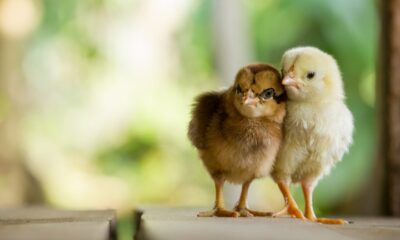

39 Myths About Chickens That Just Aren’t True
-


47 Animals That Don’t Need Eyes To See
-
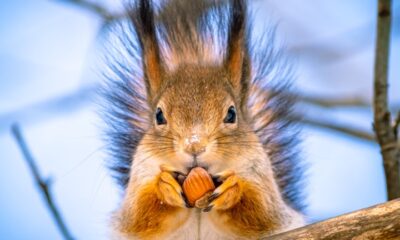

We Promise This Animal Is Not As Annoying As You…
-
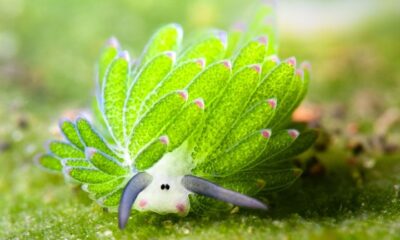

28 Most Colorful Critters From Around The World
-


Alligator strolls with police escort prior to being picked up…
-
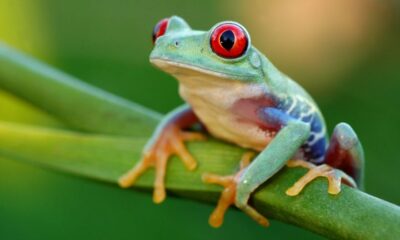

30 Most Unusual Rainforest Animals
-
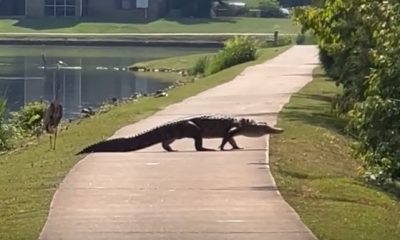

Alligator Crosses the Walkway with Bird Looking On in Hunstville,…
-
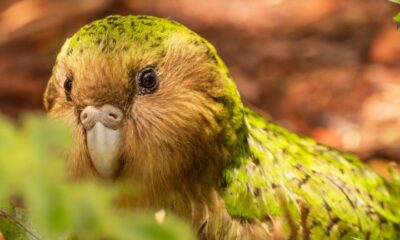

20 Animals At Risk Of Extinction That Need Our Help
-
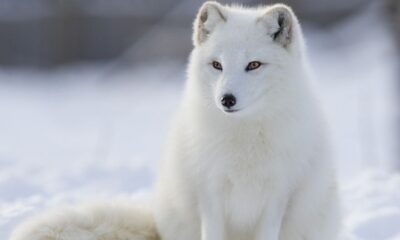

30 Most Beautiful Animals on the Planet
-
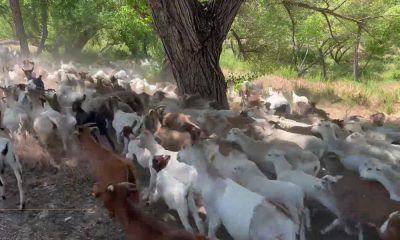

These super-awesome #fire #goats are stoked to get new plants…
-
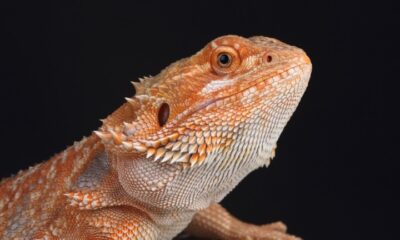

The Bearded Dragon: A Surprising Guide to Your New Favorite…
-
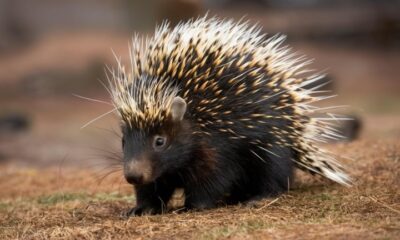

31 Reasons Porcupines Are Even Cuter Then They Look
